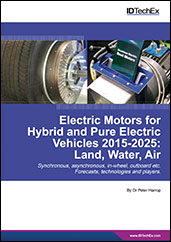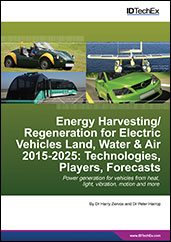Standard
Service Brake System Performance Requirements - Passenger Car-Trailer Combinations
2013-04-09
CURRENT
J135_201304
This SAE Recommended Practice presents service brake performance requirements for brake systems of all combinations of new passenger cars and new trailers (braked or unbraked) intended for roadway use (excluding special-purpose vehicles such as ambulances, hearses, etc.). Acceptable performance requirements are based on data obtained from SAE J134.




